Technologies in Steel Fabrication: Transforming the U.S. Industry
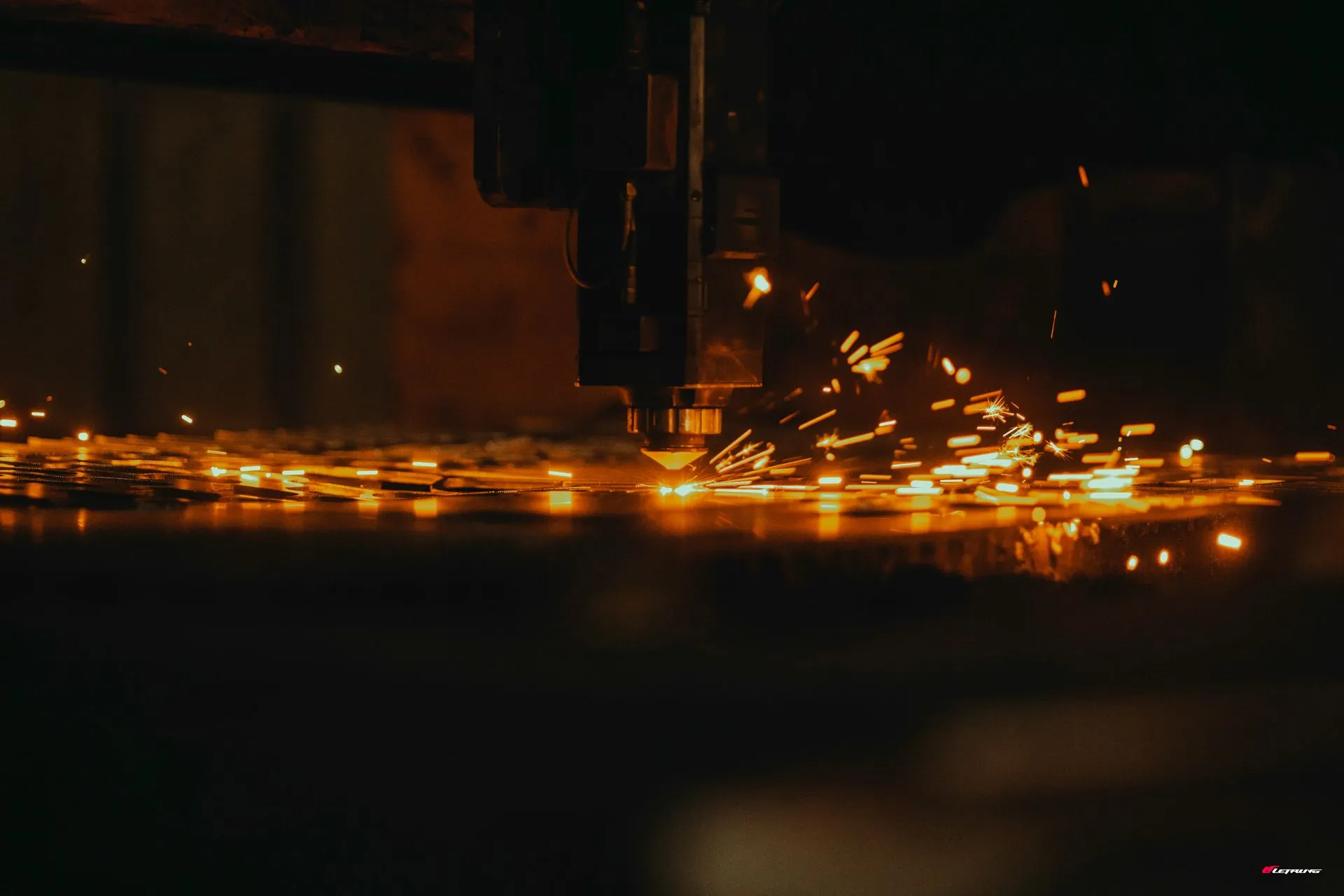
The steel fabrication industry, long known for its reliance on heavy machinery and manual labor, is undergoing a transformative shift. Emerging technologies, from automation to artificial intelligence (AI) and advanced materials, redefine how steel is produced, shaped, and assembled. In the U.S., where the demand for steel remains strong across sectors such as construction, automotive, and infrastructure, these innovations are poised to enhance precision, efficiency, and environmental sustainability.
In this blog, we will explore several key technologies shaping the future of steel fabrication, offering a technical yet accessible look at their impact on the industry.
Automation: Streamlining Production
One of the most significant technological advancements in steel fabrication is automation. Automated systems, such as robotic welders and CNC (computer numerical control) machines, reduce human intervention and increase the efficiency of fabrication processes.
Robotic Welding
Robotic welding systems use programmable robotic arms to perform highly accurate welds. Robotic welders can maintain consistent precision over extended periods, unlike manual welding, which is prone to human error and fatigue. These systems are often integrated with advanced sensors and AI algorithms to optimize the real-time welding process. This not only reduces production time but also lowers material waste and improves safety by reducing human exposure to hazardous conditions.
CNC Machining
CNC machining allows steel fabricators to automatically cut, drill, and shape steel components with unmatched precision. Operators program the machines using digital design files, ensuring the steel is fabricated to specifications. By removing much human variability from these processes, CNC machining ensures consistent quality and reduces the likelihood of costly errors.
In the U.S., companies are increasingly adopting these automated technologies to remain competitive in the global market. Automation has proven particularly valuable in high-volume production environments where speed and accuracy are paramount.
Artificial Intelligence: Enhancing Precision and Decision-Making
AI has begun to permeate the steel fabrication industry, offering more intelligent systems capable of analyzing data and making real-time adjustments to improve fabrication processes.
Predictive Maintenance
AI-driven predictive maintenance systems use sensors to monitor the health of fabrication equipment and detect potential failures before they occur. These systems collect data from machines in real time, analyzing factors such as temperature, vibration, and load to predict when a component will fail. This helps fabricators minimize downtime, as they can schedule maintenance during off-peak hours and avoid unexpected disruptions.
Predictive maintenance is especially beneficial in the U.S. steel fabrication sector, where aging equipment is standard, and unplanned downtime can have significant financial consequences.
AI-Driven Design Optimization
AI is also being used to optimize steel component designs. Machine learning algorithms analyze historical data on previous designs, materials, and performance metrics to suggest improvements in new designs. This is particularly useful in complex steel fabrication projects, where optimizing weight, strength, and material cost is critical. By leveraging AI, fabricators can produce lighter, more efficient steel structures without sacrificing performance.
3D Printing: Revolutionizing Customization and Prototyping
3D printing, also known as additive manufacturing, is another emerging technology that is making waves in steel fabrication. While 3D printing has been more commonly associated with plastic and composite materials, recent advancements have enabled its use with metals, including steel.
Direct Metal Laser Sintering (DMLS)
DMLS is a cutting-edge 3D printing technology that uses lasers to fuse metal powder into solid structures. This process allows for creating highly complex steel components that would be difficult, if not impossible, to fabricate using traditional methods. 3D printing also supports rapid prototyping, enabling engineers to test new designs quickly without costly molds or tooling.
For U.S. steel fabricators, 3D printing offers unparalleled customization capabilities. Components can be produced on-demand with minimal material waste, making this technology attractive for low-volume, high-complexity projects such as aerospace and medical applications.
Robotics: Boosting Productivity and Safety
Robotics technology, closely related to automation, has evolved to handle more complex tasks within steel fabrication facilities. Robots are no longer limited to repetitive actions; they are now used for functions requiring a high degree of dexterity and intelligence.
Material Handling
Robots equipped with advanced sensors and AI-driven navigation systems are increasingly used for material handling tasks, such as moving steel beams and plates. This improves the speed of material transportation within a facility and reduces the risk of accidents associated with heavy lifting.
In U.S. factories, integrating robotics for material handling is helping companies increase throughput while ensuring worker safety. Workers are being redeployed to more skilled roles, allowing robots to take on the more dangerous or physically demanding aspects of steel fabrication.
Advanced Materials: Pushing the Limits of Performance
The development of advanced materials complements the rise of new technologies in steel fabrication. One of the most promising innovations in this area is high-strength, low-alloy (HSLA) steel. HSLA steels are designed to offer improved mechanical properties, such as greater tensile strength and resistance to corrosion while using fewer alloying elements.
High-strength, Low-Alloy Steel
HSLA steel is especially beneficial in applications where structural integrity is critical, such as bridges, skyscrapers, and other large-scale infrastructure projects. It is more robust than traditional carbon steel and lighter, making it easier to transport and manipulate during fabrication.
Advanced materials like HSLA steel combined with technologies like 3D printing and CNC machining are opening new possibilities for innovative designs in the U.S. construction and infrastructure sectors.
Economic and Environmental Impacts
The adoption of emerging technologies in steel fabrication is revolutionizing production processes and driving economic and environmental changes in the U.S. market.
Economic Implications
From a cost perspective, automation and AI are helping U.S. steel fabricators reduce labor costs while maintaining or improving production output. While the initial investment in these technologies can be high, the long-term savings in reduced errors, downtime, and material waste make them a worthwhile investment for many businesses.
Additionally, technologies like 3D printing allow for the on-demand production of custom steel parts, which can reduce the need for extensive inventories and expensive storage facilities. This shift toward just-in-time production creates a more agile and responsive steel fabrication industry.
Environmental Benefits
Environmental sustainability is another area where emerging technologies are having a significant impact. Automation, AI, and advanced materials enable steel fabricators to optimize energy use, reduce waste, and minimize emissions. For example, AI-driven systems can optimize cutting processes to reduce scrap metal, while 3D printing can minimize excess material use by building components layer by layer.
In the U.S., where environmental regulations are becoming stricter, these technologies are helping fabricators meet sustainability goals and improve their environmental footprints.
Conclusion: The Future of Steel Fabrication in the U.S.
As emerging technologies evolve, their impact on the steel fabrication industry will only grow. Automation, AI, 3D printing, robotics, and advanced materials are transforming every stage of the fabrication process, from design to production. U.S. companies that embrace these technologies will be better positioned to meet the demands of a rapidly changing market in terms of efficiency and sustainability.
The steel fabrication industry is entering a new era—one defined by precision, innovation, and a commitment to reducing costs and environmental impact. For industry professionals, staying informed about technological advancements is crucial to staying competitive in this evolving landscape.
Newsletter
Don't miss a thing!
Sign up to receive daily news
Recent Posts
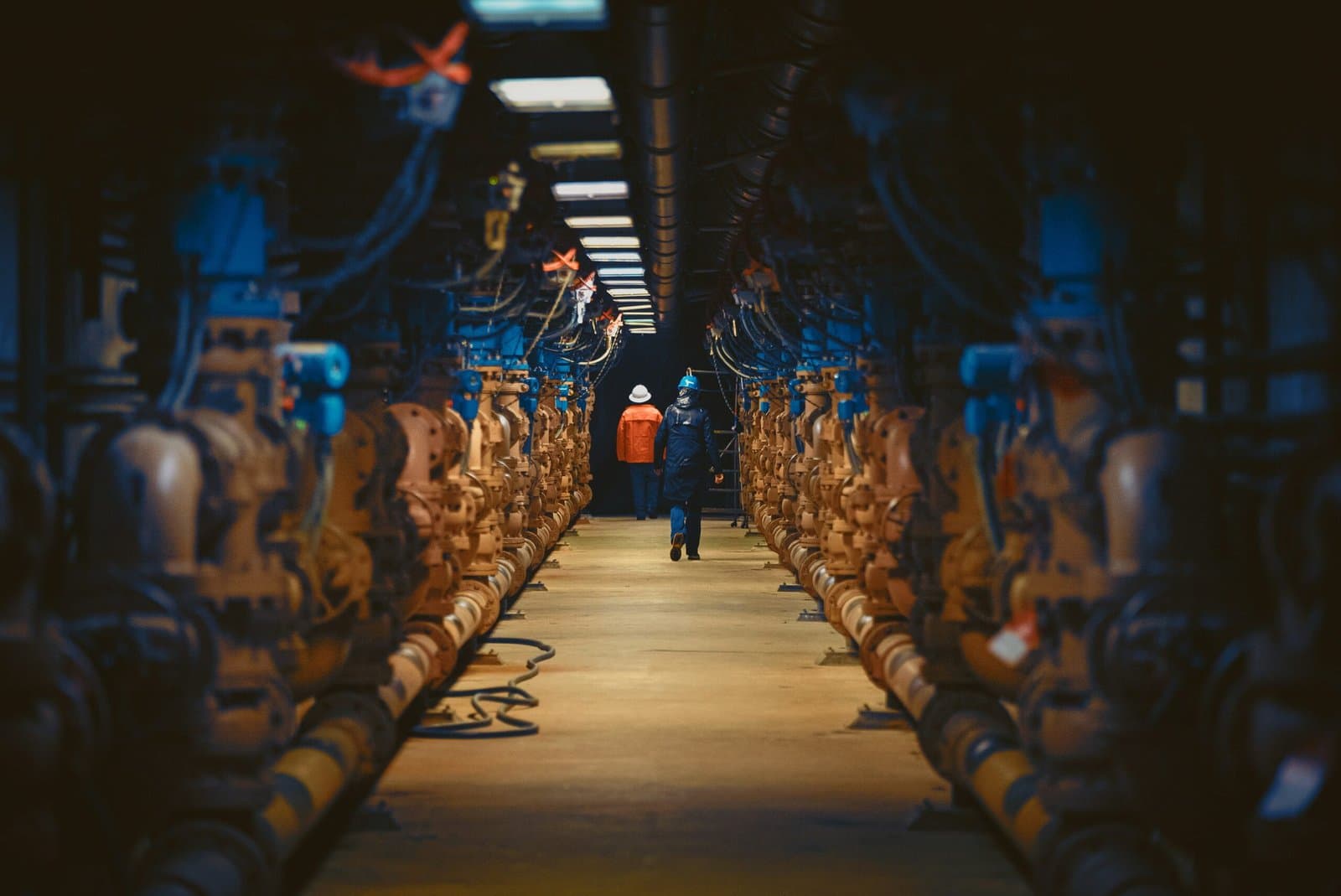
august 30, 2025
Decommissioning a Facility: How to Turn It into a Profitable Venture
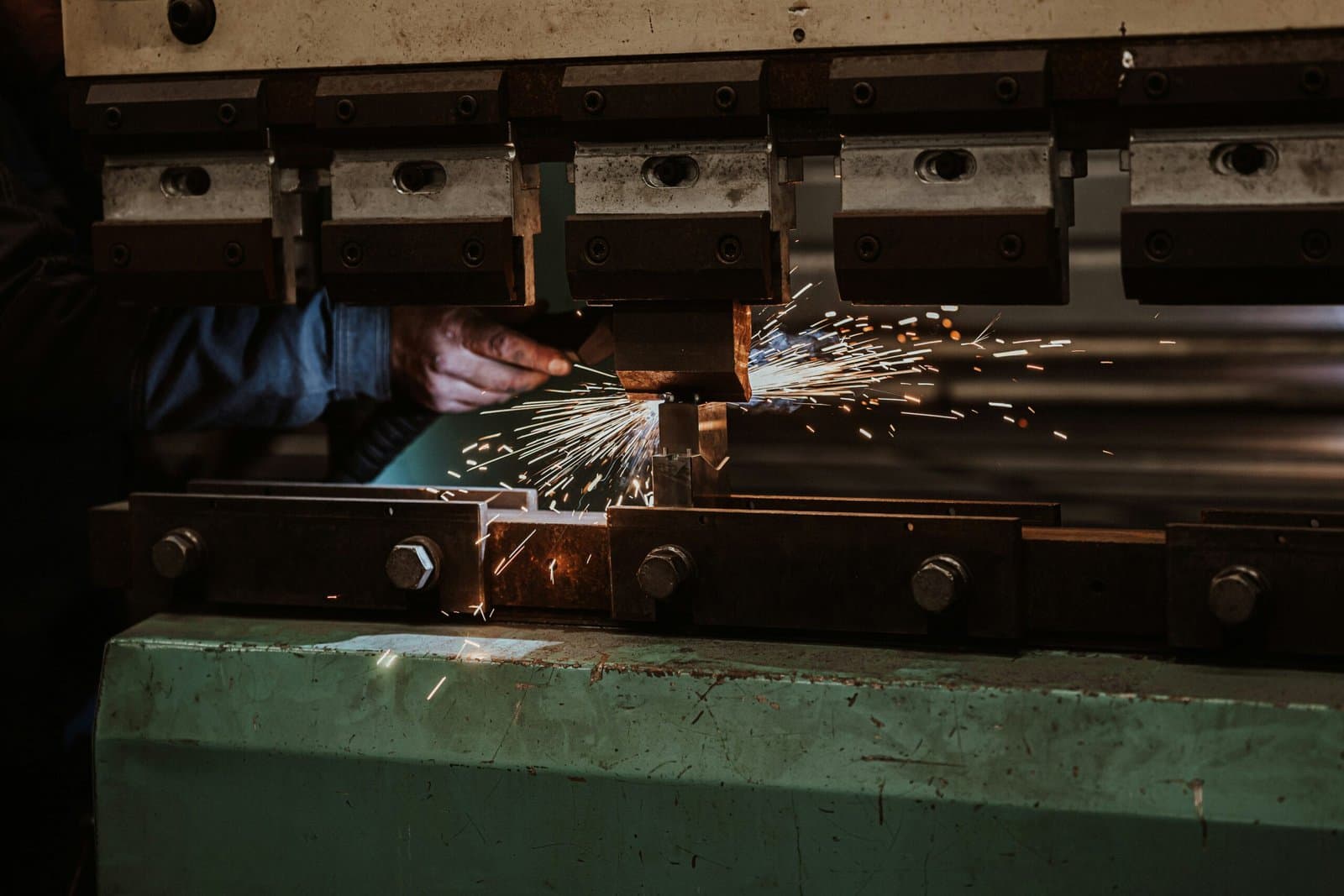
august 25, 2025
Hydraulic Press Maintenance 101
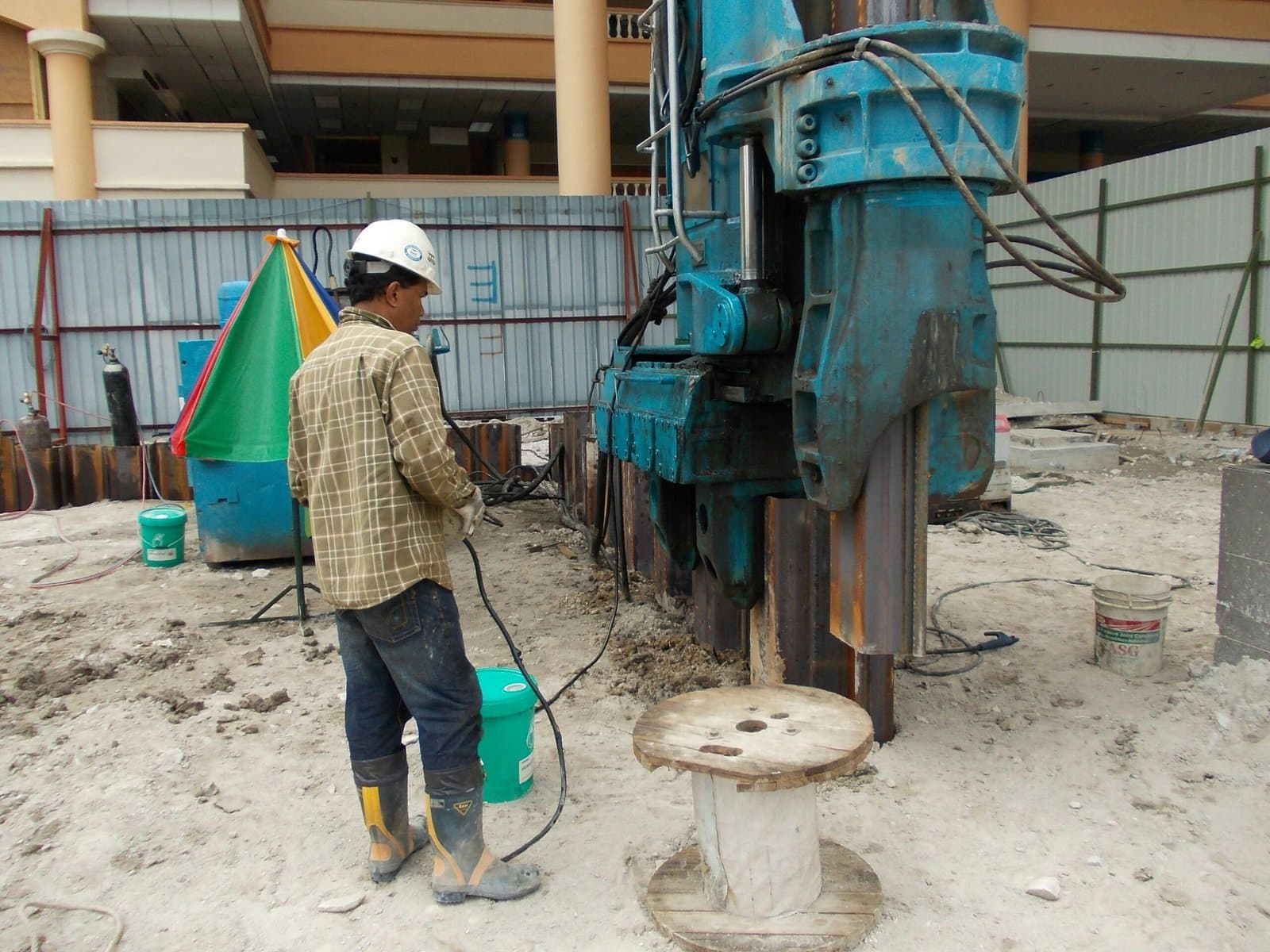
august 18, 2025
Rigging Machinery: The Challenge of Moving and Installing Outdated vs. Modern Equipment

august 16, 2025
Conveyor System Maintenance: 5 Early Warning Signs of Failure

august 14, 2025
Predictive Maintenance: The Smarter Alternative to Costly Reactive Repairs
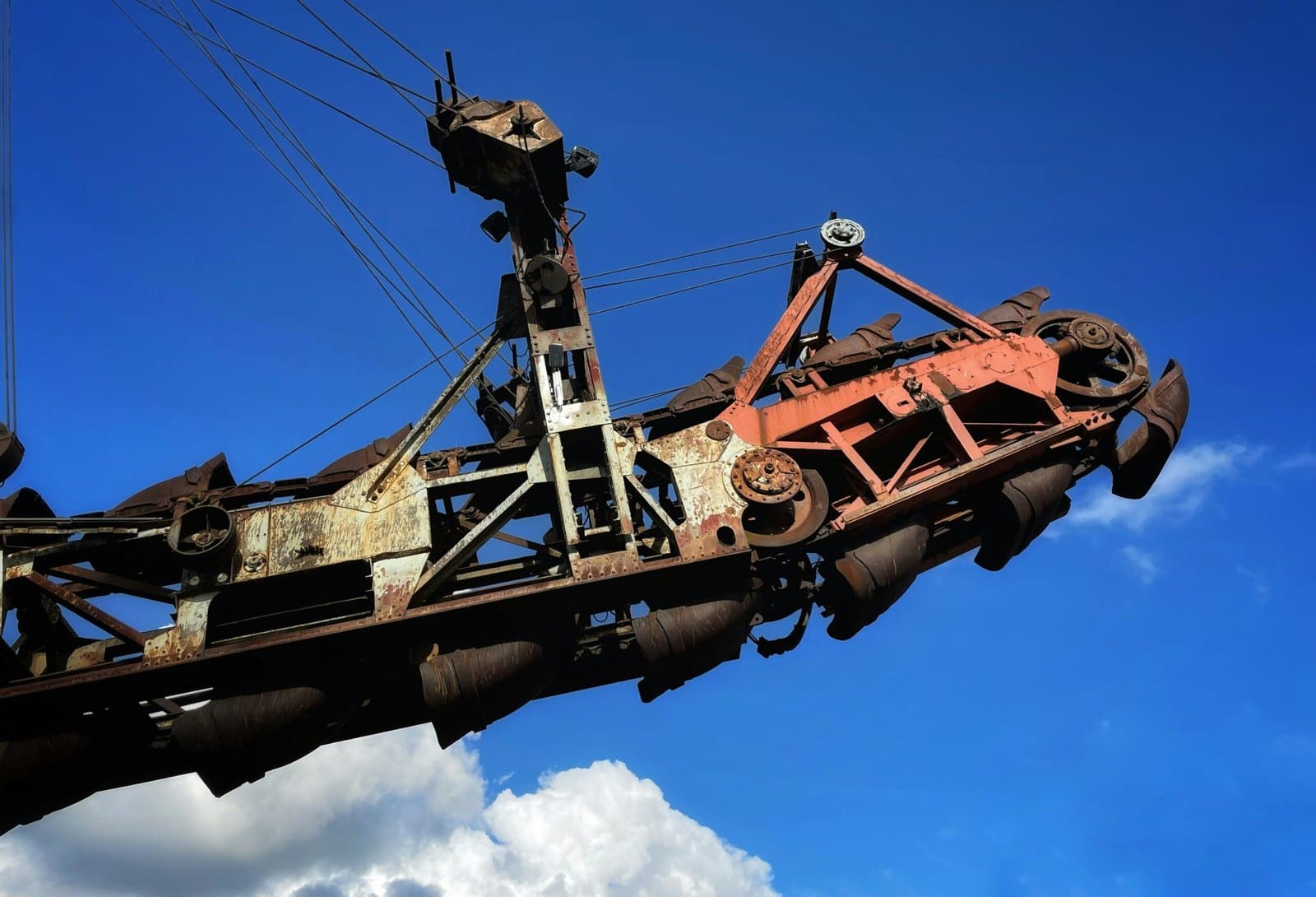
august 11, 2025